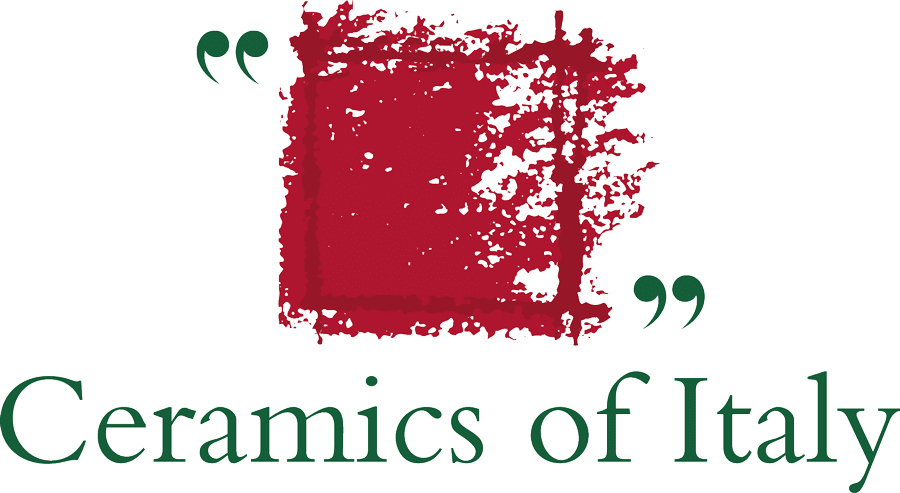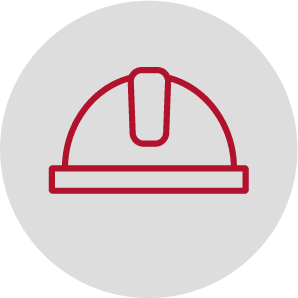nZEBs adopt building envelopes with very high thermal insulation, which minimises heat exchange between the interior and exterior. However, this level of insulation can create problems with moisture inside the building.
High levels of humidity result in occupant discomfort and cause deterioration of building materials and proliferation of harmful microorganisms.
Good ventilation is a key factor for achieving healthy nZEBs, although other techniques can also be adopted. For example, the use of materials such as clay bricks and roof tiles helps to create healthier environments. It has been demonstrated that the moisture buffering capability of these materials prevents the accumulation of humidity and inhibits the formation of mould and bacteria.
Furthermore, the use of facing brick as an interior finish has proved to be particularly effective in poorly ventilated buildings.



 Architects
Architects
 Construction firms
Construction firms
 Dealers
Dealers
 Installers
Installers
 Public
Public

